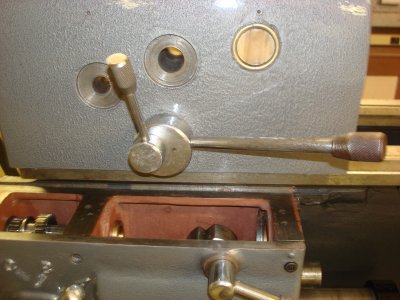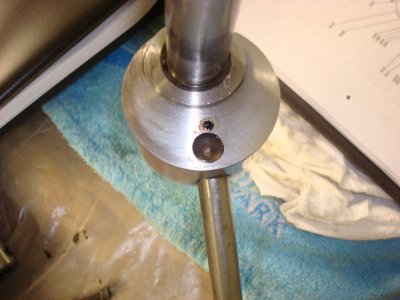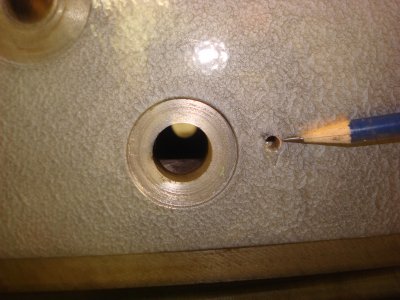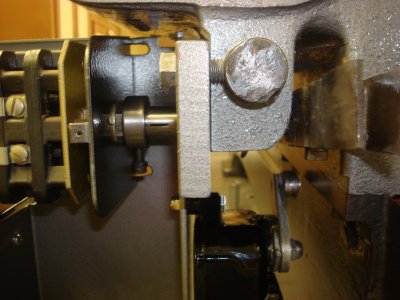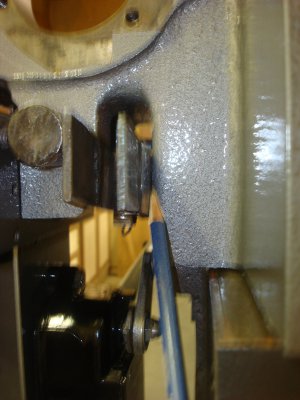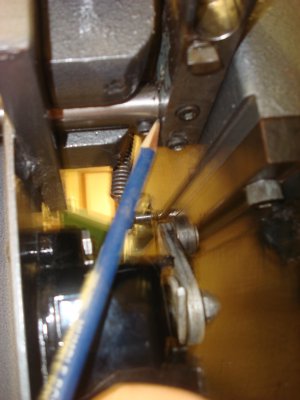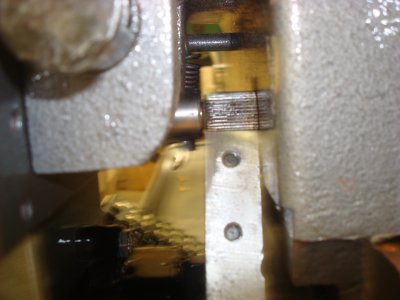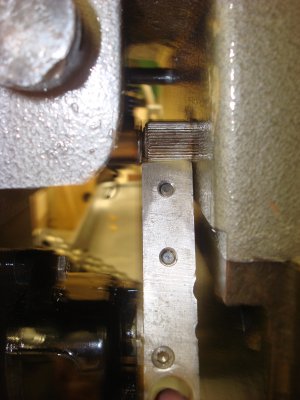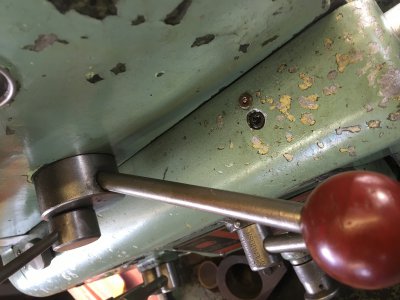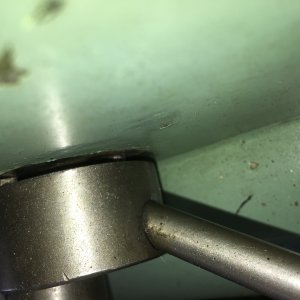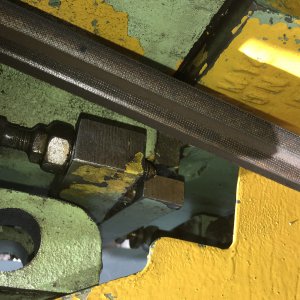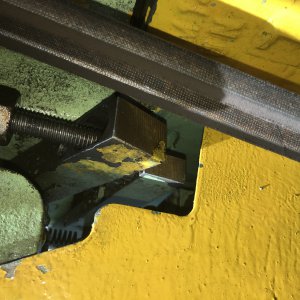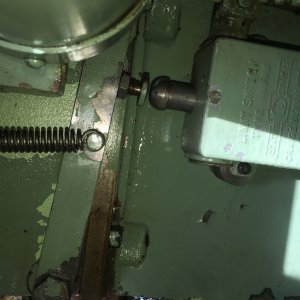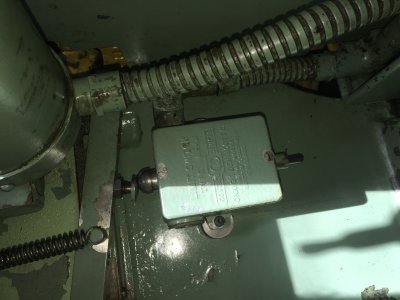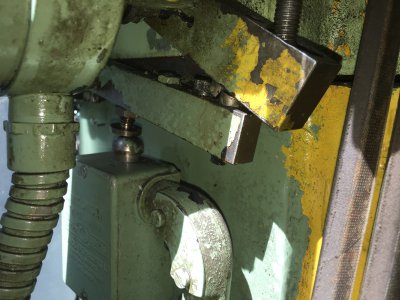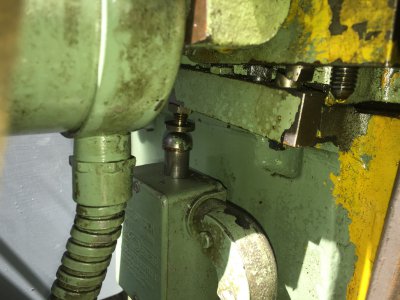Kiwi,thank you so much for all the pics.I see that my brake lever has been modified which someone has welded on so wings I guess or just to extend the slot that the linkage to brake goes through.I now understand how it goes together which it looks like I am doing it right.On mine where the brake lever connects the operating lever,it fits but there is not enough room between it and the spindle head which its right up against it.Not even enough rm for the operating lever to go around that pin that sticks out 1/8.The spring that between the head and the lever is compress totally.What it looks like to me is that the brake lever is just to thick,if it was 1/2 thick then it would work.All I need is about 1/2 or less.Guys again thanks for taking the time to post pics and respond to my questions.I don't know if this machine the way the lever were connected if it ever work or not.I have look at it so many times that there is just not another way to hook it up.The manual that I have kinda shows how all fits together but it also leaves alittle to the person imagination.I have look at the pics here several times,that it looks like the lathe that I have is a little different.I was told today that its a Harrison lathe which I don't know what it means.So I may have to come up with another way to make this work---kroll
